Columbia River spring Chinook fisheries announced with slightly improved projections, plus options to catch a salmon or dig up oodles of razor clams on coastal beaches Leave a reply
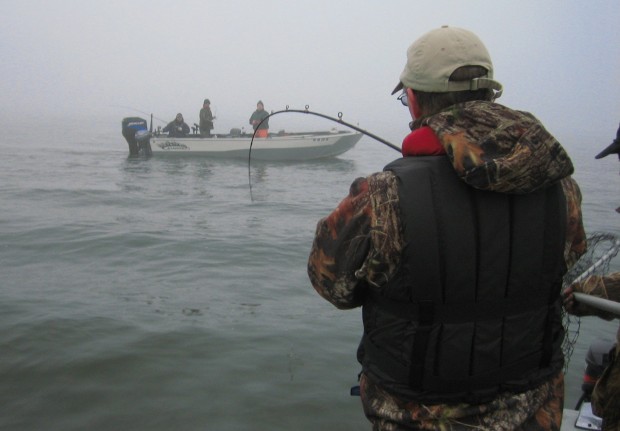
Contributed by Mark Yuasa, WDFW
Many have proclaimed winter is officially in the rearview mirror, despite this week’s snow flurries and freezing temperatures. After all the days are finally getting longer, flowers and trees are starting to bud, watery eyes and sneezing is blooming along with the pollen, and the official first day of spring is less than a few weeks away.
Even better news if you’re an angler is the first spring Chinook was caught several weeks ago, and the Washington Department of Fish and Wildlife (WDFW) and Oregon Fish and Wildlife fishery managers approving today the Columbia River spring salmon fishing seasons.
The buzz around spring Chinook began in late December when WDFW released a somewhat improved computer-generated prediction of 197,000 spring Chinook (compared to 143,200 forecast and actual return of 152,695 in 2021) that is also slightly higher than the 10-year return average.
The upriver return of 122,900 is somewhat of a respite, and the highest prediction since 2016 and 81% of the 10-year average of about 152,300. The 2021 forecast was 75,200 with an actual return of 91,756 and was the fourth lowest since 1999.
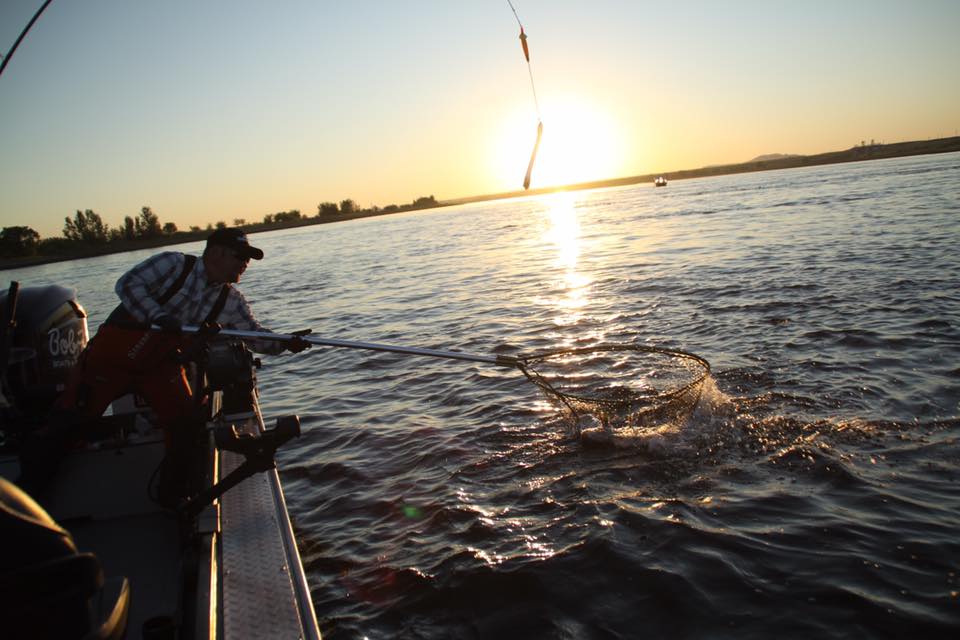
“Forecasts are generally up from the previous several year’s low returns, which is helpful to get fish back to their natal streams while also providing some additional fishing opportunity,” Ryan Lothrop, the WDFW Columbia River fisheries manager said in a news release. “The spring Chinook fisheries are very important to the local communities, and a moderate increase in returns are a positive sign.”
Spring Chinook – the first migrating salmon to arrive in Washington – are prized for their tasty, Omega-3-laced, red-orange-colored meat, which is similar to fish from Alaska’s Copper River. These fish primarily enter freshwater during February through June to spawn in Columbia tributaries during August through October.
Under current permanent regulations, the spring Chinook fishery on the Lower Columbia has been open daily since Jan. 1 through Feb. 28 from Buoy 10 to the Interstate-5 Bridge.
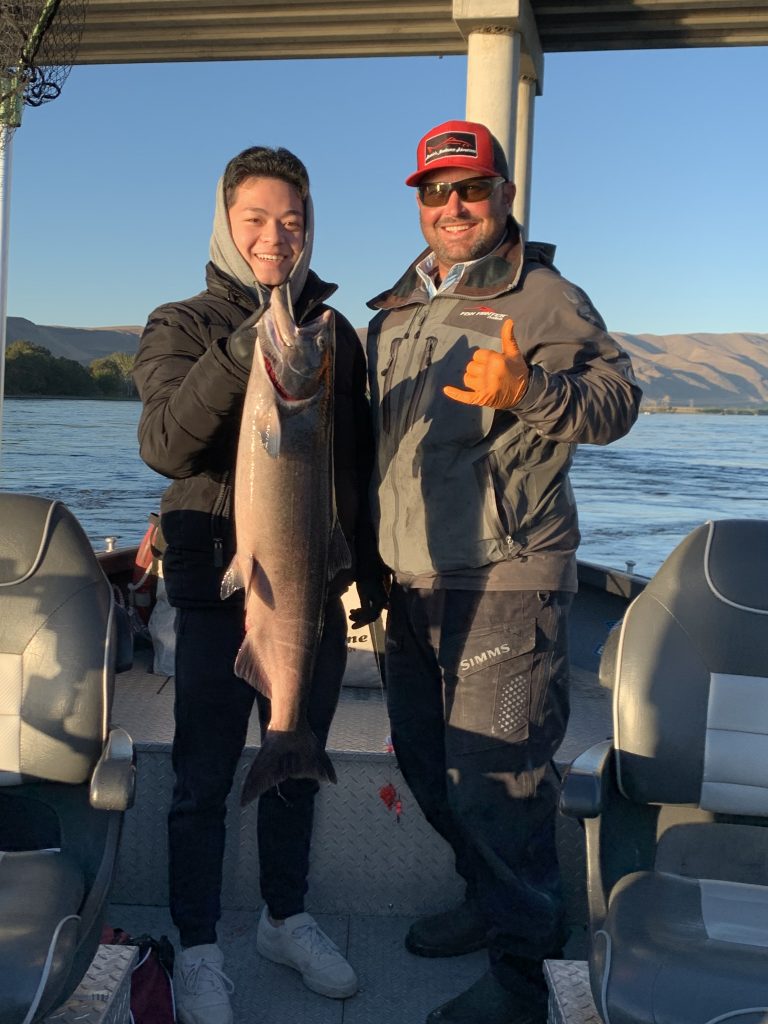
The Columbia mainstem dates announced will extend the sport fishery to be open daily from March 1 through April 6 from Buoy 10 upstream to Beacon Rock (boat and bank), plus bank angling by hand-cast only from Beacon Rock upstream to the Bonneville Dam deadline.
The Columbia mainstem above Bonneville will be open daily from April 1 through May 5 from the Tower Island power lines (approximately 6 miles below The Dalles Dam) upstream to the Oregon/Washington border, plus bank angling by hand-cast only between Bonneville Dam and the Tower Island power lines.
The daily limit is six salmon, no more than two adults and only one may be a hatchery-marked spring Chinook. Release all wild steelhead and all salmon other than hatchery Chinook. The salmon minimum size is 12 inches. Shad retention below Bonneville is also permitted, no minimum size or daily limit.
The allowable catch plus release mortalities of upriver spring Chinook for this season’s fishery below Bonneville Dam is 3,913 (2,206 in 2021) adults and above Bonneville Dam is 559 (315 in 2021) adults. The projected sport fishing harvest in 2022 is 5,179 (upriver and lower river spring Chinook) for the fishery below Bonneville.
Unlike the past several years, some lower-river tributaries are predicted to meet spawning escapement goals.
The Cowlitz River is expecting 4,100 spring Chinook to return (1,800 was the forecast in 2021 and an actual return of 3,478) and is 39% of the 2012–2021 average and 118% of the 2021 adult return.
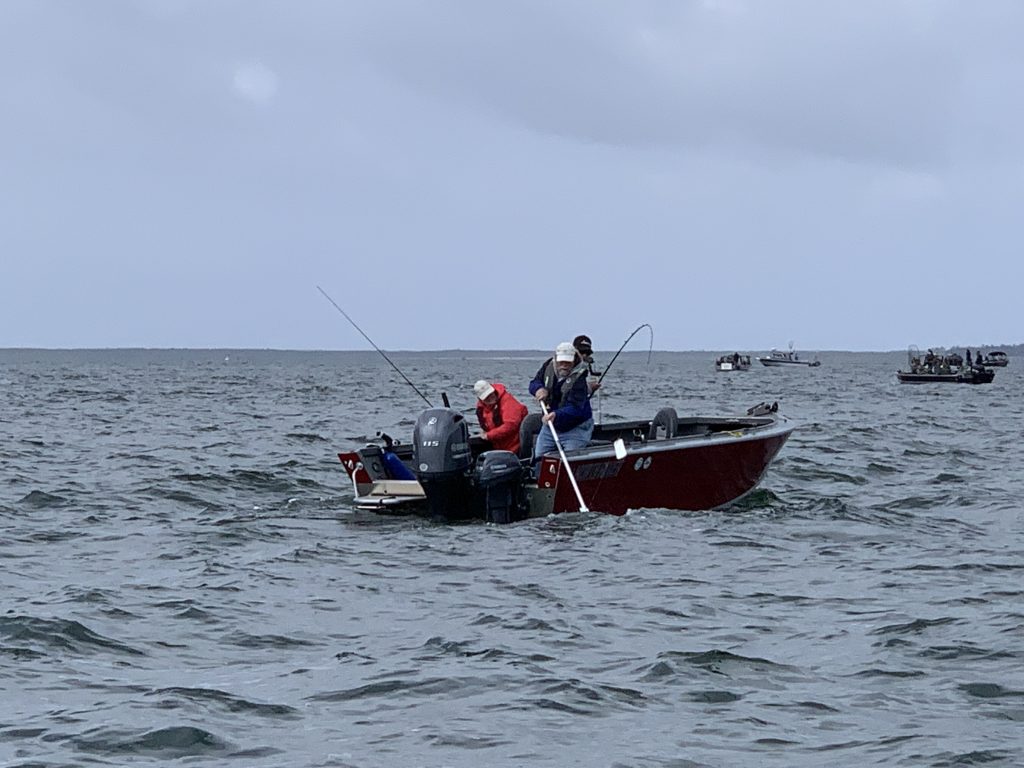
The Lewis River forecast is 2,300 (2,400 and 2,840) and is higher than the recent 10-year average and 85% of the 2021 adult return. The Kalama River prediction is 2,400 (2,200 and 1,883) and is similar to the recent 10-year average and 106% of the 2021 adult return.
In the Cowlitz, Kalama, and Lewis, anglers can expect opportunity to harvest hatchery spring Chinook this season. The Lewis will follow fishing rules published in current sport fish rules pamphlet. The Cowlitz and Kalama rivers have updated regulations to help ensure spawning escapement goals are achieved.
- Cowlitz River – Open daily from March 1 through April 30 from the mouth up to 400 feet below the Barrier Dam. The daily limit will be six salmon and up to one adult salmon may be retained. Only hatchery Chinook and hatchery coho may be kept. Salmon angling closed effective May 1 until further notice.
- Kalama River – Open daily from March 1 until further notice from the mouth upstream to 1,000 feet below the fishway at Kalama Falls Hatchery. The daily limit is six salmon and up to one adult may be retained. Only hatchery Chinook and hatchery coho may be retained.
On the Oregon side, the 2022 Willamette River spring Chinook run of 52,900 is a slightly better than forecast of 52,400 and an actual return of 43,148 in 2021. This represents an increase from 2017 to 2021, and 2012 to 2021 averages of 42,620 and 51,416, respectively. The 2022 forecasted return would also represent a 22.6 percent increase from the actual return in 2021. The Sandy River forecast is 5,600 compared to a forecast of 5,300 in 2021 and an actual return of 5,676.
The spring Chinook return to tributaries above Bonneville Dam are also showing signs of improvement in 2022 after recovering from dismal ocean conditions between 2015 and 2019 that were among the worst in the past 20 years.
Spring Chinook returns in tributaries above Bonneville in the Wind River is 4,200 (1,200 and 3,227) for 2022. Hatchery returns of adult spring Chinook to the mouth of the Wind River during the past ten years (2012–2021) averaged 4,100 fish (range 1,400–7,400).
The Drano Lake (Little White Salmon River) forecast is 3,800 (3,900 and 3,299) and is 115% of the 2021 return and 72% of the recent 5-year average return. The Klickitat River forecast is 1,800 (1,500 and 1,821), which is similar to the 2021 return and the recent 10-year average return.
Columbia sport catch data from 2021
The 2021 Columbia mainstem sport catch below Bonneville, including catch in the summer steelhead fishery, was 6,813 adult spring Chinook (5,385 kept and 1,428 released), 744 spring Chinook jacks (547 kept and 197 released), 518 steelhead (294 kept and 224 released) and 67 sockeye released from 67,219 angler trips. The spring Chinook catch was the highest since 2018. The total upriver spring Chinook catch (kept catch plus release mortality) in the sport fishery below Bonneville was 4,088 adults.
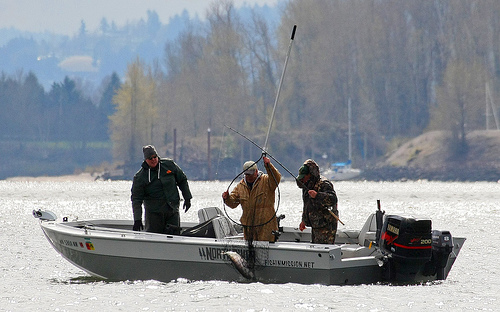
The Lower Columbia mainstem spring Chinook season was open daily from Jan. 1-Feb. 28 from Buoy 10 to Interstate-5 Bridge, and March 1 to April 4 from Buoy 10 to Bonneville, plus May 21-23, May 29, and June 1-15 from Tongue Point to Bonneville. The sockeye fishery opened on May 15 and 1,119 sockeye were kept and 105 released.
The Columbia mainstem above Bonneville 2021 season total catch estimates for adult Chinook include 761 kept and 348 released from approximately 5,300 angler trips.
The Columbia above Bonneville to McNary for spring Chinook had a 2021 season from March 16 to May 5, May 22-23, May 29-30, June 5-6 and June 12-15. That was a big improvement over a brief eight-day season in 2020.
Two sections of the Snake River spring Chinook season were open May 4, 7, 11, 25 and June 4 and 6, and generated 7,736 angler hours with 443 adult spring Chinook kept and 123 released.
As in the past, additional in-season meetings from March through May will provide updates on actual returns and ongoing fisheries as they become available with a chance of extending the season if the run appears larger than expected. A run-size update typically occurs by mid-May.
Columbia River fall Chinook forecasts released
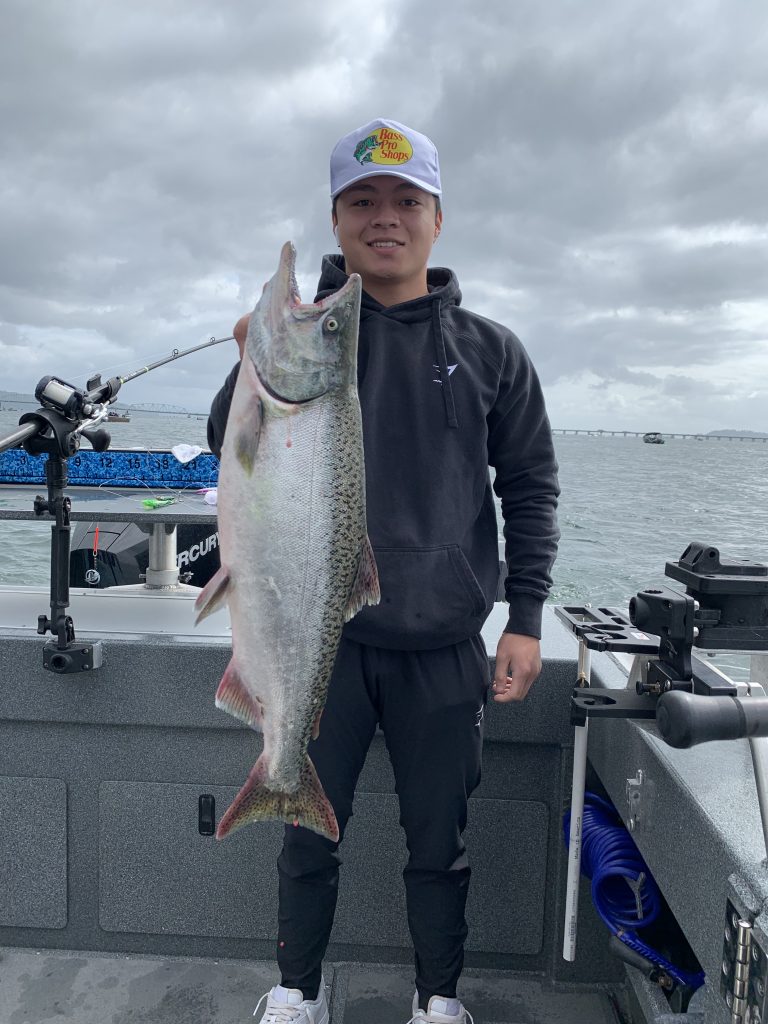
For the second year in a row, the fall Chinook forecast for the Columbia River is decent and should generate fairly good fishing off the coast and at Buoy 10 this coming summer.
The 2022 prediction of 484,900 is slightly higher than the 2021 actual return of 481,300 but below the 580,800 forecast.
The upriver bright chinook return forecast is 230,400 in 2022 (354,200 was forecast and 239,900 the actual return in 2021, and 233,400 and 299,300 in 2020) and 55% of the 10-year average.
The lower river “tule” hatchery chinook (a driver for ocean salmon fisheries) is predicted at 73,000 (73,100 and 74,700 in 2021 and 51,000 and 77,900 in 2020) and 89% of the 10-year average.
The lower river wild Chinook forecast is 10,800 (20,000 and 16,900 in 2021) and 56% of 10-year average; the lower river Chinook bright is 8,700 (8,800 and 7,800) and about 148% of the 10-year average; Bonneville Pool hatchery Chinook is 91,200 (46,800 and 73,700) and about 128% of the 10-year average; pool upriver Chinook bright is 70,200 (77,400 and 66,000) and about 75% of the 10-year average; and the select area Chinook bright is 600 (500 and 2,200) and 7% of the 10-year average. The Snake River wild Chinook return for 2022 was unavailable but the 2021 forecast was 11,000.
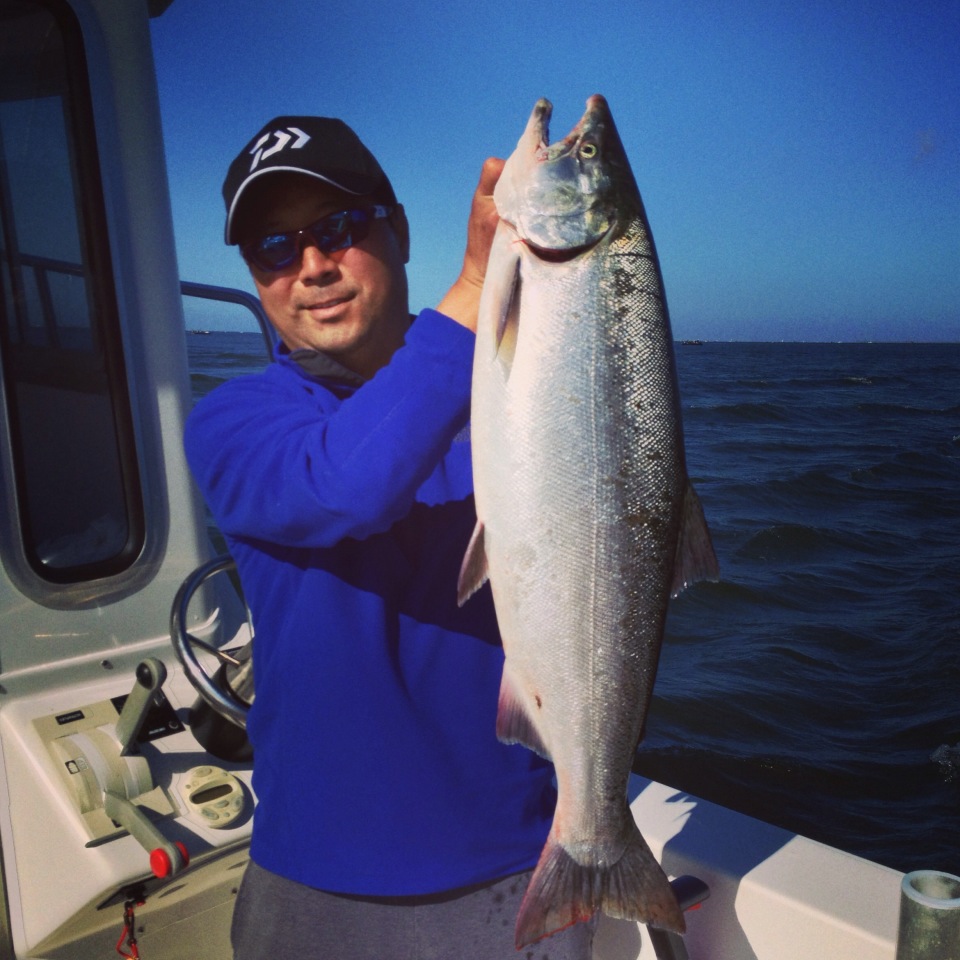
Coho are the bread and butter for coastal and Columbia River fisheries, and this could be another banner year with a forecast of 1,225,900 (1,732,900 was the forecast and 1,114,500 was the actual return in 2021).
You’d need to go back to at least 2015 when the forecast was 1,015,000 to find anything closely related to the 2022 forecast and 2021 actual return. A key driver in the ocean fisheries last year was the Queets River, which saw poor coho returns. The 2022 expected Queets coho return paints a much brighter picture and shouldn’t hinder negotiations like it did last year.
The WDFW will release other statewide salmon forecasts during a Zoom webinar public meeting on March 4, 9 a.m.-2 p.m. On March 8-14, the Pacific Fishery Management Council (PFMC) meeting at the DoubleTree by Hilton Hotel in San Jose, CA, will adopt initial 2022 ocean fishing options. On March 16, 9 a.m.-12 p.m., the WDFW North of Falcon (NOF) public meeting will discuss fisheries for Puget Sound, Strait of Juan de Fuca, Willapa Bay, Grays Harbor and ocean areas north of Oregon. On April 6-13, the PFMC meeting will adopt final salmon fishing seasons at the DoubleTree by Hilton Hotel at Sea-Tac. For a complete of other meetings, go to the WDFW website.
Word on spring razor clam digging
The coastal razor clam season this winter has been off the charts, and WDFW announced 25 tentative digging dates from March 1 through April 30.
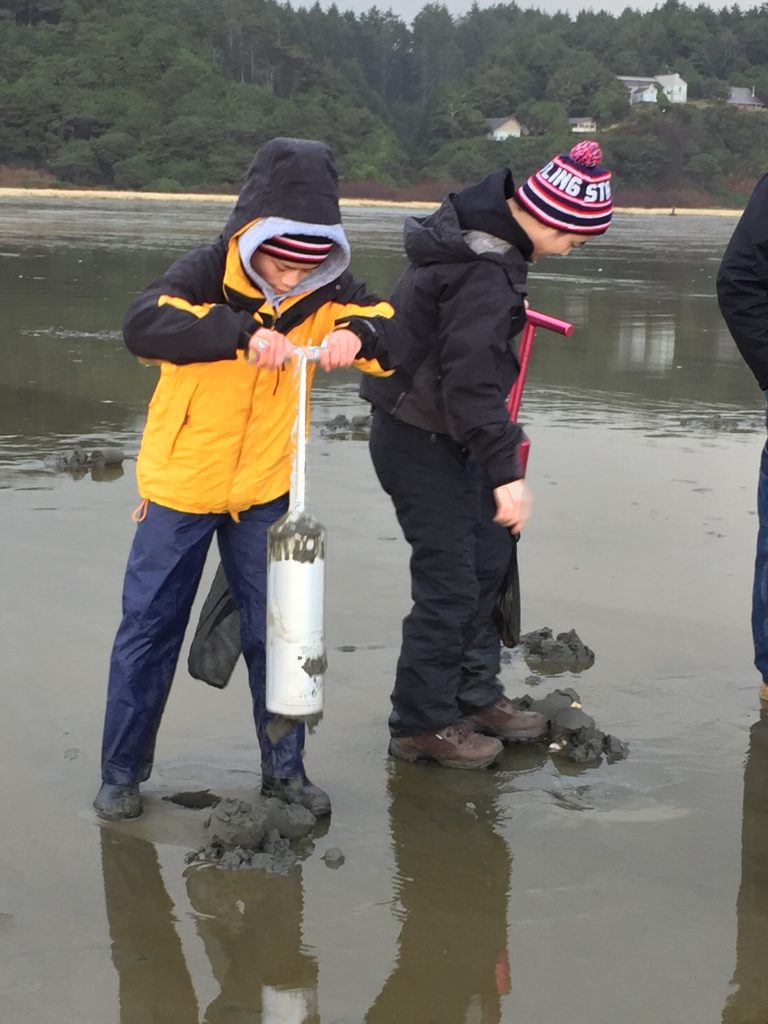
“After some great fall and winter razor clamming, we still have plenty of harvestable clams ready to go for some equally great digging during spring low tides, Dan Ayres, the WDFW coastal shellfish manager said in a news release. “Diggers can expect abundant populations of nice-sized clams on all beaches.”
From Sept. 17 through Feb. 28 a total of 88 digging dates have occurred. Through Feb. 3, 304,423 diggers have taken home 5,175,409 clams. The average is almost 14 razor clams per digger trip since the start of the season. Only the first 15 clams dug per digger, regardless of size or condition is a daily limit. Each digger’s clams must be kept in a separate container.
Digs already approved include this Saturday (Feb. 26), low tide is 0.0 feet at 3:18 p.m. at Long Beach, Twin Harbors and Copalis; Sunday (Feb. 27), minus-0.4 feet at 4:16 p.m. at Long Beach and Mocrocks; Monday (Feb. 28), -0.8 feet at 5:06 p.m. at Long Beach; March 1, -0.9 feet at 5:50 p.m. at Long Beach, Twin Harbors and Mocrocks; March 2, -0.8 feet at 6:30 p.m. at Long Beach, Twin Harbors and Copalis; March 3, -0.5 feet at 7:07 p.m. at Long Beach, Twin Harbors and Mocrocks; and March 4, 0.0 feet at 7:42 p.m. at Long Beach, Twin Harbors and Copalis.
Final approval of future digs is dependent on marine toxin test results. WDFW typically makes a final announcement whether a dig can proceed as planned about one to two weeks before each series.
Upcoming digs during evening low tides are March 16 and 18 at Long Beach, Twin Harbors, and Mocrocks; and March 17 and 19 at Long Beach, Twin Harbors, and Copalis.
Upcoming digs switching to morning low tides are March 20 and 22 and April 3, 5, 17, 19, 21 and 30 at Long Beach, Twin Harbors, and Mocrocks; March 21 and April 2, 4, 6, 16, 18, 20 and 29 at Long Beach, Twin Harbors, and Copalis; and April 1 at Long Beach and Twin Harbors.
The Ocean Shores Razor Clam and Seafood Festival is March 18-20 (https://www.crabfestival.org/ocean-shores-clam-fest/), and Long Beach Razor Clam Festival is April 16-17 (https://www.longbeachrazorclamfestival.com/).
Those who plan to dig during the remainder of the 2022-2023 season are reminded current licenses expire after March 31. All diggers age 15 or older must have an applicable fishing license to harvest razor clams on any beach.
Lowdown on marine winter Chinook fishing
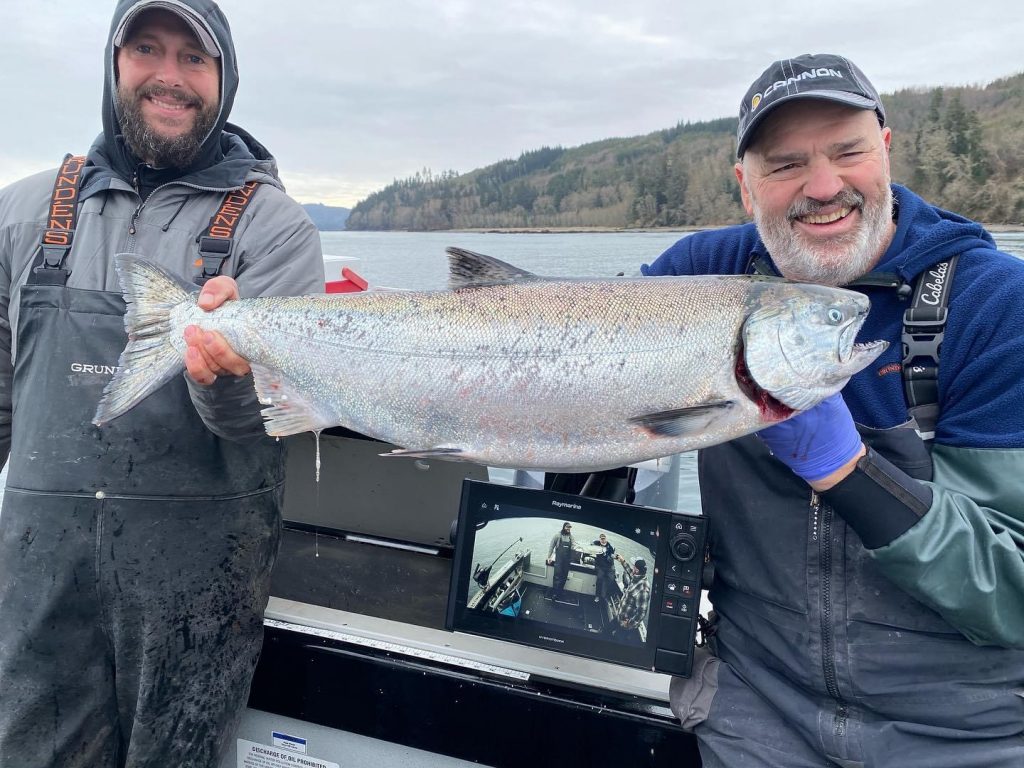
Saltwater salmon anglers can hit the waters of central Puget Sound (Marine Area 10), which is open for winter Chinook on Thursdays, Fridays and Saturdays only from this Thursday (Feb. 24) through March 31 or will close once the catch guideline is achieved.
Southern Puget Sound (Marine Area 13) is also open year-round for salmon, and has been producing fair fishing for winter Chinook around the Tacoma-Narrows area and Fox Island in Hale Pass, the eastside of Fox off the concrete dock and Point Evans.
Anglers can also start making plans to head to Sekiu (Marine Area 5) in the western Strait of Juan de Fuca when it opens daily from March 1 through April 30. The Area 5 fishery isn’t dictated by a catch quota and guideline therefore you can make plans to fish without worrying about it shutting down. The daily limit is two hatchery-marked Chinook and a minimum size limit of 22 inches.
If the salmon are off the bite, you can pursue bottomfish in Marine Area 4 east of Bonilla-Tatoosh to the Sekiu River mouth, which is open year-round for certain rockfish species and other bottomfish, and from March 12 through Oct. 15 for lingcod.
The western Strait of Juan de Fuca (Marine Area 5) opens for halibut from May 5-21 on Thursdays and Saturdays; May 27, 28 and 29; and June 2-25 open Thursdays, Fridays and Saturdays; and June 30.
Check the WDFW regulation pamphlet or website (https://wdfw.wa.gov/) before you head out the door.
Lastly, be aware that two landslides earlier this winter damaged Highway 112 near Clallam Bay and Jim Creek, which is the main road to Sekiu. Repairs are currently underway but won’t finished until around mid- to late-April. The alternate route takes an extra 15 to 20 minutes, and there are clearly marked signs and lights directing vehicles.
(Mark Yuasa is a Washington Department of Fish and Wildlife Communications Consultant and longtime contributor to ESPN 710 KIRO The Outdoor Line. He also was the fishing and hunting reporter at The Seattle Times for 28 years.)

